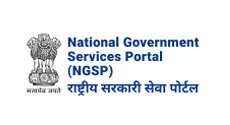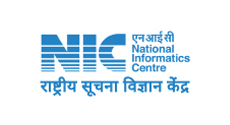1. Identification of NRT2 and NAR2 families’ genes of bread wheat
The present study identified 15N influx and transcript expression supported NRT2 and NAR2 families’ genes of bread wheat. The study also demonstrated 15N influx recovery of atnrt2.1 mutant by a wheat NRT2 (TaNRT2.1-B6) gene.
https://doi.org/10.1016/j.envexpbot.2022.105205
2. Draft genome sequencing of Sclerotinia sclerotiorum ‘ESR-01’, and Effector identification
Dr. Navin C. Gupta at NIPB in collaboration with Dr. Pankaj Sharma from DRMR, Bharatpur, has decoded the draft genome sequence of one of the most devastating plant pathogens, white mold (S. sclerotiorum) ‘ESR-01’ an Indian isolate causing stem rot disease in Brassica. The ~41 Mb genome of this pathogen harbors 9469 protein-coding genes out of which 529 genes were identified as carbohydrate-Active enzymes (CAZymes) and 156 genes essential for the pathogen-host interaction. The secretome profiling has revealed a total of 57 effector candidates (ECs) that facilitate disease development in the host plants.
https://www.nature.com/articles/s41598-022-22028-z
3. Deciphering of Pod Borer [Helicoverpa armigera (Hübner)] resistance in Cajanus platycarpus (Benth.) offers novel insights on the reprogramming and role of flavonoid biosynthesis pathway
The study demonstrates understanding the metabolic basis of resistance to Helicoverpa armigera in the pigeon pea wild relative, Cajanus platycarpus. Gene expression and targeted metabolite profiling of the flavonoid biosynthesis pathway in the wild relative showed a dynamic response tightly linked during herbivory
Over accumulating metabolites when assessed by a diet-overlay assay interfered in insect feeding, growth and development.







